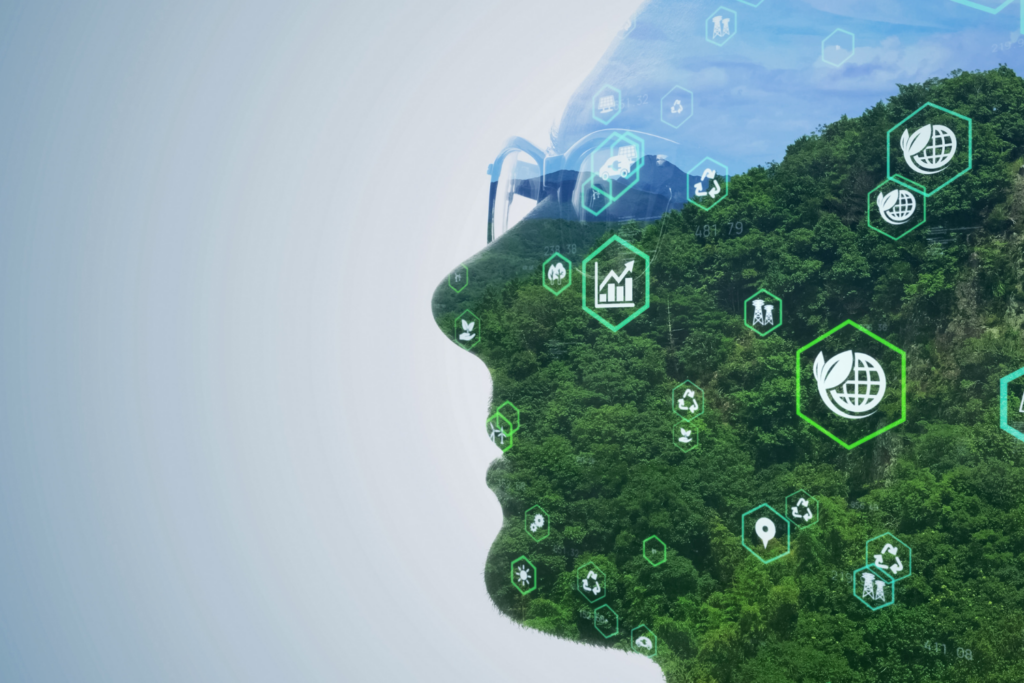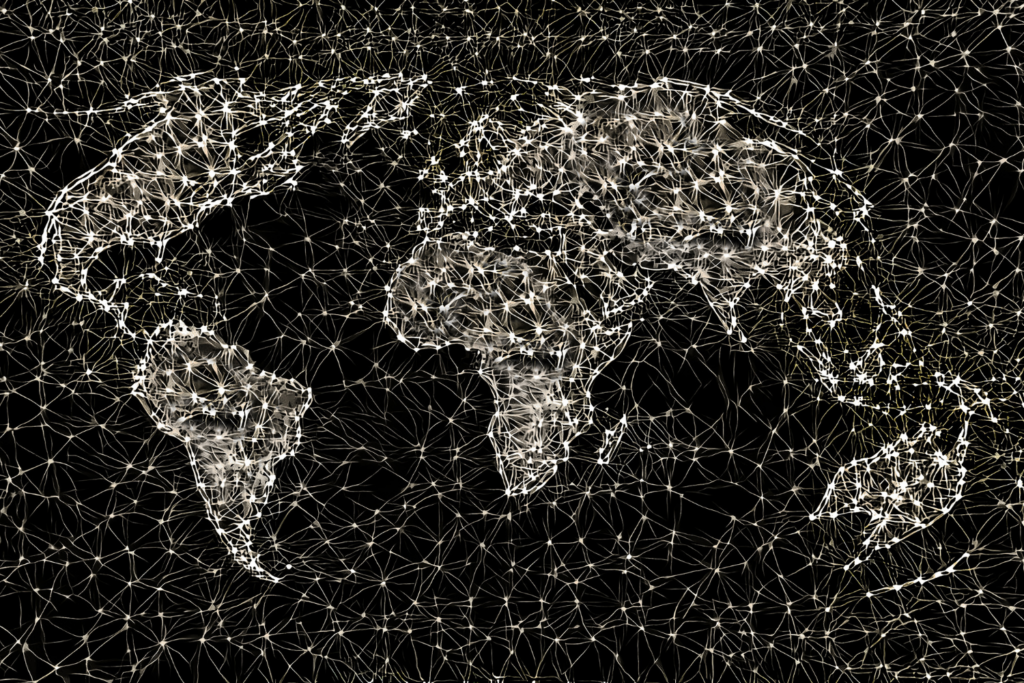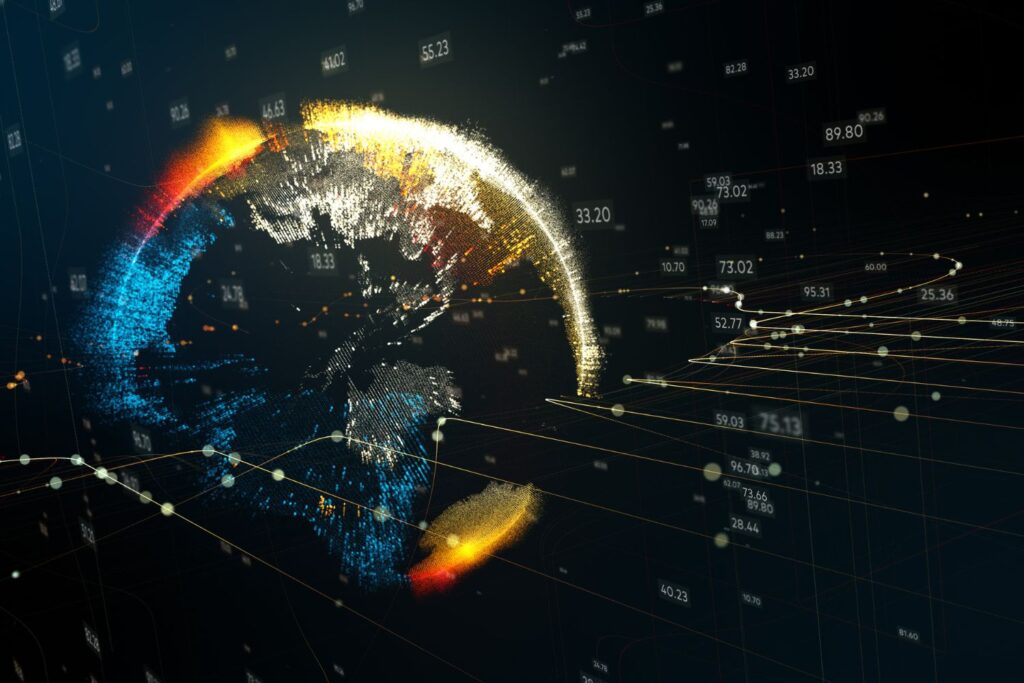Navigating Systemic Risks: Governance of and for Systemic Risks
The authors explore the emergence of systemic risks in modern societies by examining how tightly coupled dynamic systems in the Anthropocene can lead to cascading failures. They argue that traditional risk governance approaches are insufficient in addressing the convergence of systemic and conventional risks. Drawing on case studies such as the COVID-19 pandemic and climate […]
Navigating Systemic Risks: Governance of and for Systemic Risks Read More »










